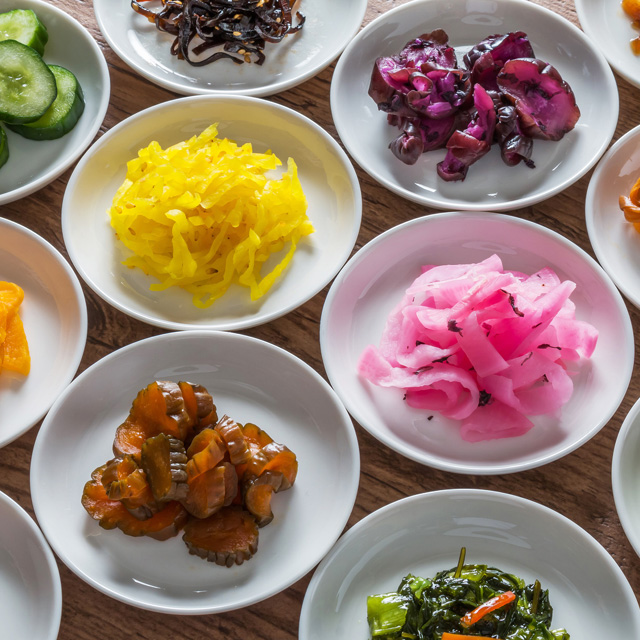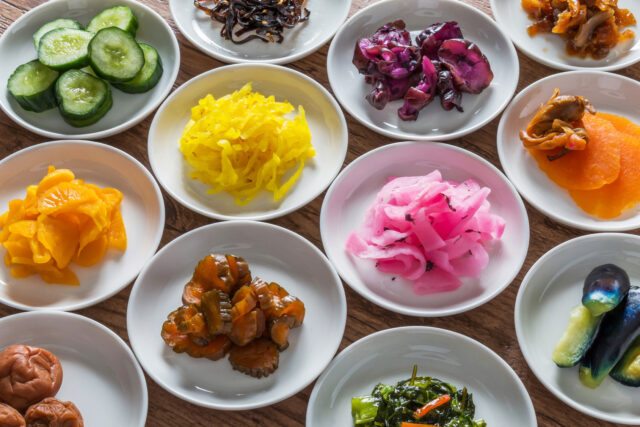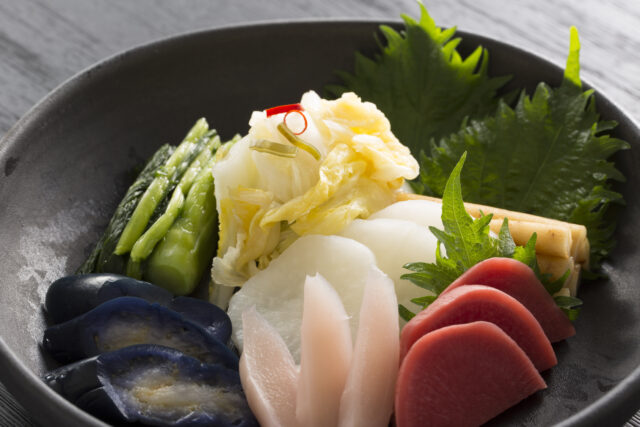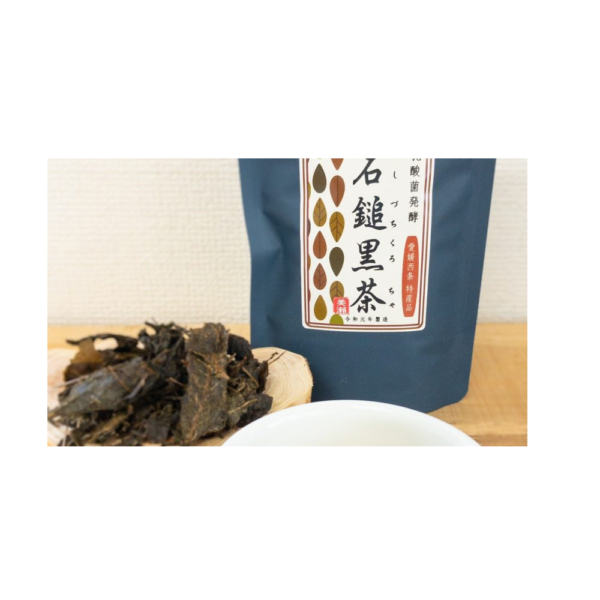小計: ¥500

Need More Reasons to Eat More Fermented Food? Here’s Five.
Fermentation has played a major role in food consumption in cultures across the globe throughout the ages. Even though the ingredients, flavours and methods vary wildly from region to region, the basic science remains the same and so do the reasons fermented foods continue to be as popular as ever.

While the benefits of getting more fermented foods into your diet are universal, this article will focus primarily on ones belonging to the traditional Japanese diet. The last three articles in this series have introduced three of the most popular fermented foods in Japan. Here they will come together to show how the benefits of fermentation remain the same regardless of the particular food and just how well they get along with each other.
A typical Japanese meal or teishoku, which is refered to as a three-plus-one meal, consists of the staple starch which is rice, accompanied by three dishes, one being the main dish and one soup, most commonly miso. Each dish in this meal is will likely contain at least one form of fermented food or condiment. The miso in the soup is fermented, the main will often be marinated in a soy, mirin, amazake rice vinegar, or all of these, there will usually be at least one nukazuke or vinegar pickled vegetable, and we you need a dash if flavour it’s soya sauce you reach for not salt.
Cost Performance

Fermented foods by their very nature are inexpensive to make. Many are a byproduct themselves or are made from byproducts of other foods. Just as nukazuke pickles are made using the rice bran leftover from the shucked hulls of white rice, or moldy koji rice goes on to make sake, miso, rice vinegar, mirin and soya sauce. With the exception of sake and mirin, all of these essential ingredients can easily be, and were quite often made at home. So, there is no call for complex machinery or tools, no deep culinary skill or hard sought after ingredients.
Whether these fermented ingredients are store bought, which is most often the case, or for of those fortunate or insistent enough to make them at home, they are made to last. So, once opened there’s no rush to finish them, and as such there’s almost no waste. As my mother in law has passed down to her daughter, and I hold to be true, that date on the natto package doesn’t mean anything. Considering that a serving of miso soup requires only a ping-pong ball sized scoop of miso, a few kilograms of this wonder paste can last you a year it’s cheaper than your morning coffee. Soya sauce goes way further than the ketchup or Pantone yellow mustard eighties kids grew up with in the west.
Nutritional Value
The most remarkable effects of fermenting food is that it can bring out the E and B vitamins normally difficult to absorb from raw ingredients, as well as proteins and produces lactic and peptic acids vital to nutrition. Almost all fermented foods have anti-aging properties and help with the health of hair and skin, in some cases almost medicinal effects on rashes and dryness.
Many Japanese traditional fermented foods are wonderful accent to a vegetarian diet. All the basic items are free from meat or fish and if you tamari is a condiment perfect for substituting soya, with is heavy in wheat, for a gluten-free diet. Natto in particular has properties such as iron, protein and calcium which rival equivalent weights of meat, fish or dairy, along with vitamin K1 which otherwise is really only found in meat and fish.
Versatility

As fermentation of foods is so prevalent in Japanese cuisine, and found not only in pickled foods, but soup bases, marinades, condiments and beverages the possibilities to include it in almost any dish are endless. At any meal you find yourself crunching on, dipping in, splashing on, sipping, slurping or baking on something fermented. So, with all of the vitamin and mineral rich, probiotic and antioxidant laced ingredients helping boost the umami of meals it’s no wonder the Japanese diet is internationally recognized as one of the healthiest and wide-ranging diets in the world. Miso, soya sauce and sake now find themselves fused into cooking the world over. Don’t worry my Mediterranean friends, we still got love for you.
Easy Peasy Japaneasy
All the fermented food common throughout Japanese cuisine is pretty much pre manger there is little to no prep work involved, just dig in. They work their way into meals, both Japanese or western so easily it’s usually just a matter of plating them up. Even miso soup, which so many westerners struggle to get right just needs stirring the proper amount of miso into a simmering broth, and make no mistake. It’s the broth that is the key. A handful of dried bonito flakes, or for vegetarians a bit of konbu seaweed and dried shitake is all you need.
But miso is perfect for omnivores as well, a bit of miso paste spread over a meat or fish cutlet and you’ve got a main dish. But grill it on any vegetable and your good to go. Miso works in a dressing with rice vinegar, baked onto tofu or better yet cheese or as a base in a dip. The sky’s the limit.
Nukazuke works as a perfect substitute for a western-style brined pickle in a sandwich, along side a falafel plate or chopped up in a tartar sauce. Their crunch is fantastic and the pickled sour bite is ready in hours not days.
People Helping People (Eat Better)

In Japan, like anywhere fermentation is a major part of food preservation, the more the merrier, all hands on deck. It is a chance for the community to celebrate harvests to be enjoyed throughout the year. Gathering the whole family together in the autumn for packing up a years worth of miso, with the choices in base ingredients, timing and climate from region to region, family to family this staple takes on a heritage that is unique to each batch. It is said that the enzymes transferred from the hands of those who lovingly care for it day by day give each nuka bed it’s own flavour, unique to the household. In the case of vinegars and soya sauces they are distinct to each region as the community gathers around infusing the taste of the climate and the sensibilities of the people.
Going forward, younger generations are seeing a slowdown in the economy and with it a shift in values back to simpler lifestyles. In the best of cases, a return to the land, of cultivation and craftsmanship. What way better than gathering together to make a family miso or pack the peak vegetables into a nukadoko over drinks with friends. With fermentation the future is here, literally.
 石鎚黒茶・青(茶葉)
石鎚黒茶・青(茶葉) 